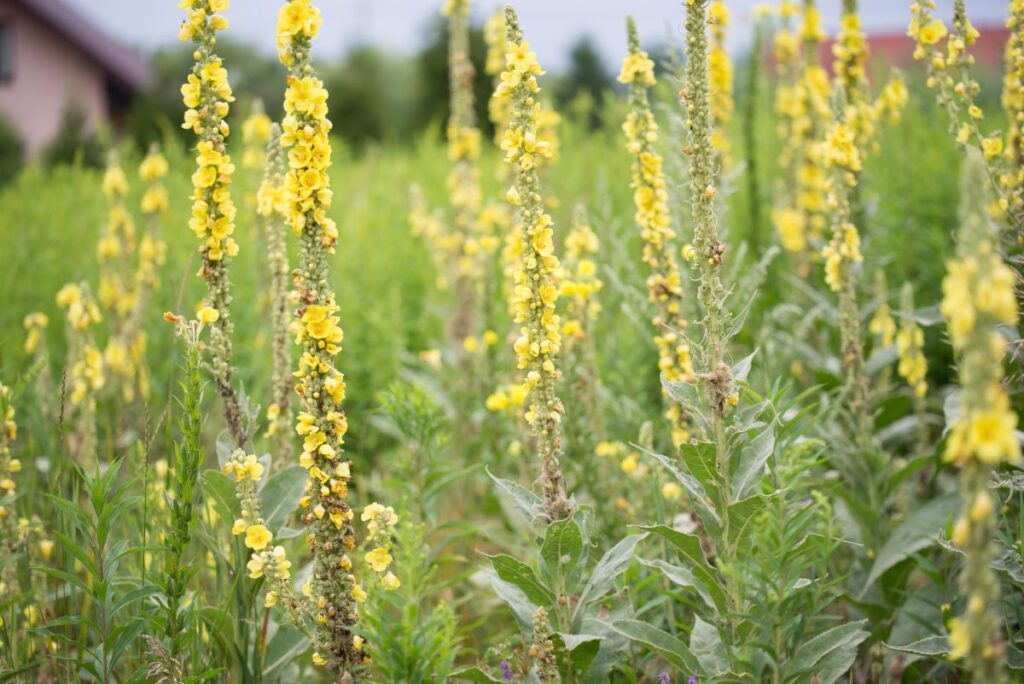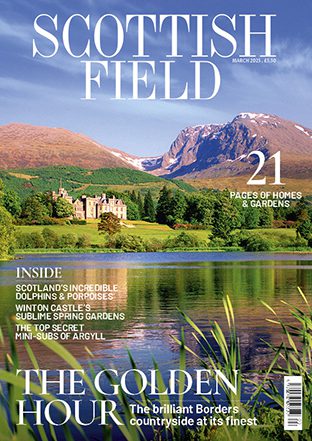
Gardening Column, Hamish Martin: ‘Mullein isn’t just amazing for us but it serves as a valuable resource for wildlife’
The sheer structure and standing of the truly beautiful Mullein flower means it stands head and shoulders above all the other plants – not unlike how The Eiffel tower must look surrounded by all the other buildings in Paris.
It has a wide base, with large soft, velvety leaves, with a long spire growing up from the centre, surrounded with bright, beautiful yellow flowers, reaching a tapered point at its highest part. It is like a lighthouse of a plant radiating her light for miles around.
This one plant alone saved me last year. I won’t bore you with the full story but I suffer from very bad hayfever, (ironic I know, when I spend most of my life outside with plants) and after one very bad bout of asthma I realised I had to make a medicine to help me breathe.
Only after doing some of my own research I found out that the plant aids asthma, so for the rest of the summer I would have mullein flower tea two times a day, and all I can say is I felt the benefit and now feel grateful to this beautiful plant.
It’s not until you look more closely at this plant’s medicinal qualities that you understand just how important a medicinal wild plant is. For ourRespiratory Health it is a demulcent, expectorant and astringent. Mullein leaves and flowers are rich in saponins which are thought to be responsible for the potent respiratory benefits of this herb. They also contain mucilage which coats and soothes irritated mucus membranes, whilst their expectorant qualities help to expel congestion from the lungs.
Mullein contains a compound called verbascoside which has a proven anti-inflammatory action and is particularly helpful in easing joint and muscle pain. Studies also show that Mullein possesses potent antibacterial qualities, which make it helpful for disinfecting wounds and soothing burns. Lastly, and one of its most popular herbal remedies is for
earache and ear infections, which I have used many a time, putting Mullein flowers infused in olive oil and garlic to then dip a little cotton wool into the oil to gently insert into the ear. Always seek medical advice first.
Great Mullein isn’t just amazing for us but it serves as a valuable resource for wildlife, especially pollinators. The vibrant yellow flowers attract bees, butterflies, and other beneficial insects, providing them with a rich source of nectar. Additionally, the dense foliage of Great Mullein offers shelter for small insects and creates a microhabitat that supports biodiversity. Birds may also be attracted to the plant, finding insects among the leaves as a potential food source.
Read more Garden stories here.
Subscribe to read the latest issue of Scottish Field.
TAGS

